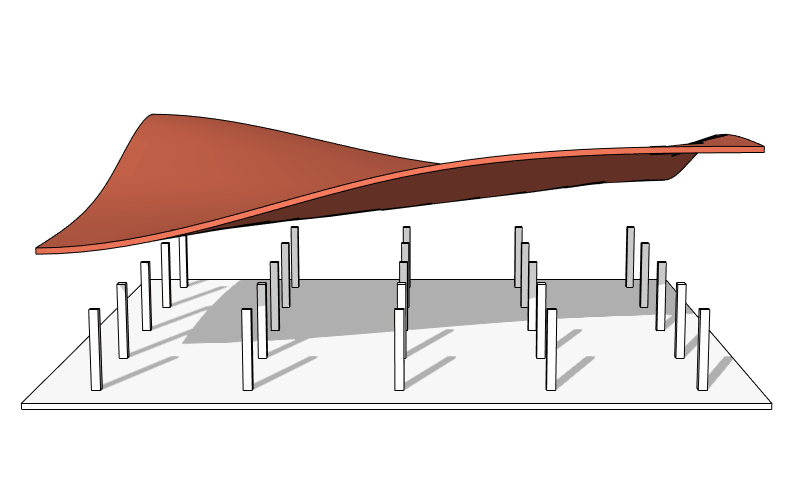Your Cart is Empty
Customer Testimonials
-
"Great customer service. The folks at Novedge were super helpful in navigating a somewhat complicated order including software upgrades and serial numbers in various stages of inactivity. They were friendly and helpful throughout the process.."
Ruben Ruckmark
"Quick & very helpful. We have been using Novedge for years and are very happy with their quick service when we need to make a purchase and excellent support resolving any issues."
Will Woodson
"Scott is the best. He reminds me about subscriptions dates, guides me in the correct direction for updates. He always responds promptly to me. He is literally the reason I continue to work with Novedge and will do so in the future."
Edward Mchugh
"Calvin Lok is “the man”. After my purchase of Sketchup 2021, he called me and provided step-by-step instructions to ease me through difficulties I was having with the setup of my new software."
Mike Borzage
Can the Internet put Fat CAD Software on a Diet?
December 05, 2006 2 min read

I read the interesting post of Ralph Grabowski about fat CAD systems and how the Internet can change the way users purchase CAD software. First of all, let me say that I agree with Ralph. Most CAD systems are packaged with an incredible collection of features, each one of them cannot be purchased separately or removed from the set.
Ideally, we all like having drafting, modeling, FEM/FEA, CAM, rendering, simulation, and even more all integrated into one single program, one click away from our daily tasks. I personally know several people using modeling and rendering, or drafting and modeling, or modeling and CAM. But I don't know anybody using all of them. For example, if you are a senior engineer able to run sophisticated Finite Elements Analysis, it's very unlikely that you want to invest your time creating photo-realistic images.
What if software were sold as a service with a subscription, instead of as a product?
On the other hand, based on my experience, I believe it's very difficult asking end users to choose the optimal combination of modules without confusing them, and clarifying their choices requires a huge investment of time. Nobody really wants to spend two days learning all the details of CAD product configuration to save at best a few hundred bucks. Furthermore, users like having everything installed and available on their computer, even if they know they are going to use just a subset of it.
If we look closer, we can see that most of those features are there only for marketing reasons. Didn't the users ask for them? Yes, but most of the time just because they were exposed to your marketing or your competitors marketing, not because they really need them. Let's face it, many users like to compare software using simple checklists, without having to go too much into details.
In my opinion, many CAD vendors add those superfluous features with two major goals:
- Attracting new users
- Building an omni-comprehensive checklist of features is a way to win the sale against competitors.
- Selling upgrades to existing customers
- It's easier to promote a few "life-changing" new functionalities than to have to explain the benefits of several hundred marginal improvements.
In my opinion, there is a way to have CAD companies invest more resources on improving and optimizing existing features instead of continually adding new gadgets that few will ever use. What if software were sold as a service with a subscription, instead of as a product? This could improve the current situation in a couple of ways:
- The way users approach CAD software would change. The emphasis would be on the quality of service, not on the new features. For example, when you renew your DSL subscription you base your decision on the level of service not on minor new features.
- CAD companies would be motivated to focus on improving and optimizing core features, and thus place substance over flash.
Franco Folini
Also in NOVEDGE Blog

Enhance Your Designs with VisualARQ 3: Effortless Geometry Extensions for Walls and Columns
April 30, 2025 8 min read
Read More
MecSoft Unveils RhinoCAM 2025 and VisualCAD/CAM 2025 with Enhanced Features
March 08, 2025 5 min read
Read MoreSubscribe
Sign up to get the latest on sales, new releases and more …



